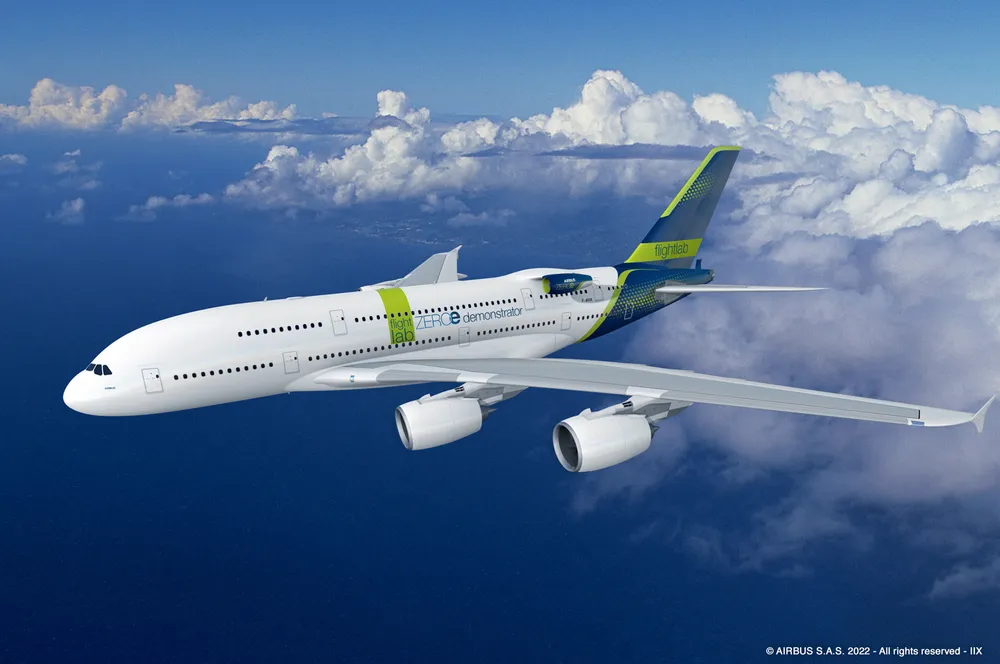Hydrogen-powered aviation 'will be cheaper than conventional flights by 2035 if EU sticks to current plans'
Transport & Environment finds that higher taxes and carbon pricing on fossil fuels, as well as SAF mandates, are set to make green H2 a cheaper airline fuel than kerosene within 12 years
